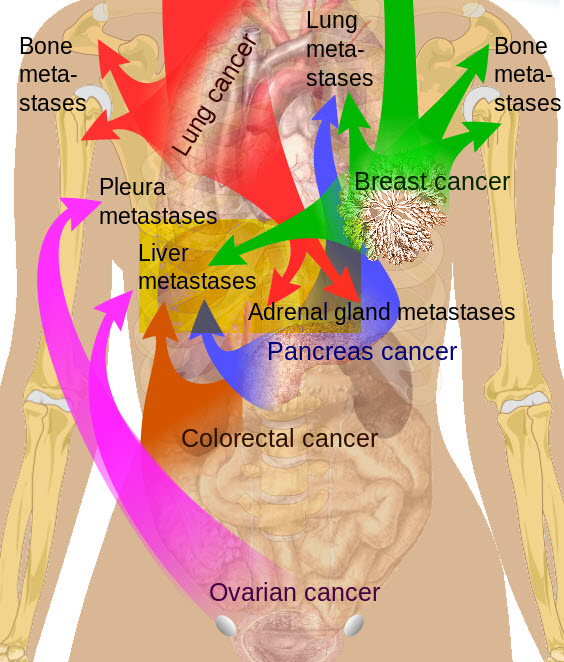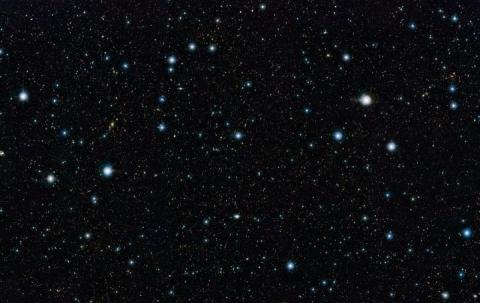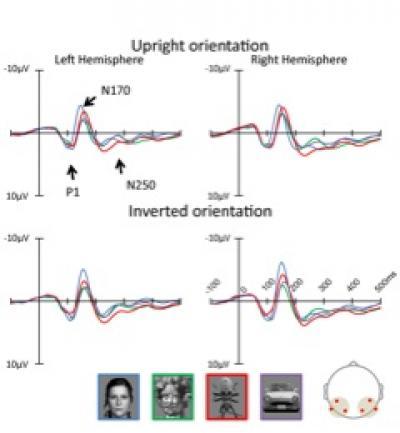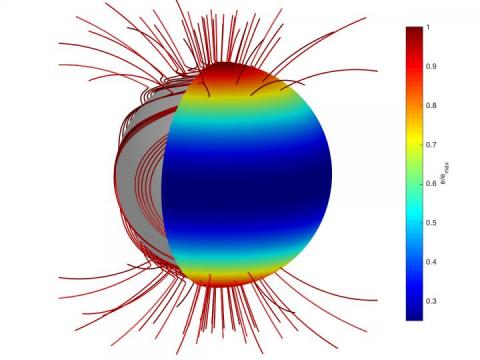Metastasis is the formation of secondary tumors and a leading contributor to deaths related to cancer. The exact mechanism for how cellular function becomes broken in cells far removed from a cancer’s primary tumor have been unclear.
But it's been pondered for almost a hundred years. It was postulated that metastatic cells spontaneously caused secondary tumors by fusing their cellular material with regular cells and re-establishing their errant gene expression, but spontaneous is not a concept scientists like, so the search for the real causes has been ongoing.
For
years it would not have been possible to use the word “silence” in the same
sentence with BPA (bisphenol A). The safety of BPA has been a long-running,
robust controversy, in particular regarding concerns that BPA might cause
health effects at exposure levels in the very low range that we as consumers
might experience every day.
Ground sharks (Carcharhiniformes) are the most diverse shark group living today, with over 200 different species, and they are one of the major groups that survived the Cretaceous–Palaeogene mass extinction which is why we have the Tiger, Hammerhead, and Blacktip Reef sharks and lamniforms by the Great White and Mako sharks.
Before the mass extinction that killed-off non-bird dinosaurs and marked the end of the Cretaceous period and the Mesozoic era 66 million years ago, dinosaurs dominated terrestrial environments and Mackerel sharks (Lamniformes) were the dominant shark forms of the sea.
What is chance? Or better, does the word "chance" really have an absolute meaning? I believe this is not an idle question. We tend to use that word to describe phenomena which we cannot trace back to an explanatory cause by a cause-effect relation. But words are important: labeling an event as due to chance has a direct impact on our perception of reality, as the statement that something "happened by chance" constitutes a final verdict, which labels the event as something not liable to be scrutinized in more depth.
In the journal
Monthly Notices of the Royal Astronomical Society and in a presentation at the European Week of Astronomy and Space Science in Liverpool, a team announced one of the largest 3D maps of the infant Universe.
And along with it almost 4,000 early galaxies, many of which will have evolved into galaxies like our own Milky Way.
 The COSMOS field in the constellation of Sextans, seen in infrared light. Credit: ESO/UltraVISTA team. Acknowledgement: TERAPIX/CNRS/INSU/CASULooking back in time: 16 different epochs between 11 and 13 billion years ago
The COSMOS field in the constellation of Sextans, seen in infrared light. Credit: ESO/UltraVISTA team. Acknowledgement: TERAPIX/CNRS/INSU/CASULooking back in time: 16 different epochs between 11 and 13 billion years ago
If you have seen a face in the clouds or you have been part of a phenomenon called "pareidolia" - a willingness to recognize a non-face object as a human face.
Humans sometimes perceive an inherently meaningless object such as a pattern, landscape or object as another object, one that has meaning. It's why alternative science proponents, the Jeffrey Smith's and Pete Myers of the world, believe in spirit photographs.
Some have even argued that pareidolia occurs in relatively low-level visual processing, and a new paper examines the relation between behavior when a face-like object is viewed and brain activity to reveal the level of visual processing at which face-likeness is recognized.
Bumblebee safety alert; don't put holograms in that meadow or near the urban beehive you probably regret buying. A new study shows that bees, which are already confounded by lots of different things, are mystified by iridescent colors, colors that seem to change based on the angle you view them from. Like bubbles do.
You may have trouble finding a hotspot in that store you are visiting, but there is one place they are persistent: inside neutron stars. A new study shows that instabilities can create intense magnetic hot spots that survive for millions of years, even after the star's overall magnetic field has decayed significantly.
When a massive star consumes its nuclear fuel and collapses under its own gravity in a supernova explosion, it can result in a neutron star. These very dense objects have a radius of about 10 kilometers and yet are 1.5 times more massive than the Sun. They have very strong magnetic fields and are rapid rotators, with some neutron stars spinning more than 100 times per second round their axis.
In the 1980s, environmentalists and epidemiologists began to statistically correlate attention problems in children and lower scores on tests with flame retardants used in furniture, chemicals that had become popular because parents and fire departments wanted to prevent "flashover" events during house fires - explosions in closed rooms.
Though countries like the United States and Ireland have far more forest than they did a century ago, professional environmentalists insist there needs to be more. From butterflies to bees, some groups insist more of the modern world must be reverted to nature, even when it comes to formerly ecologic wins like hydroelectric dams.
Large ecosystems bring stability, they insist. But that isn't really true. Instead, stability and diversity happen when the ecosystem is complex, not just because it is large. And he branching complexity of rivers are absolutely vital in affecting regional population stability and persistence in nature.











